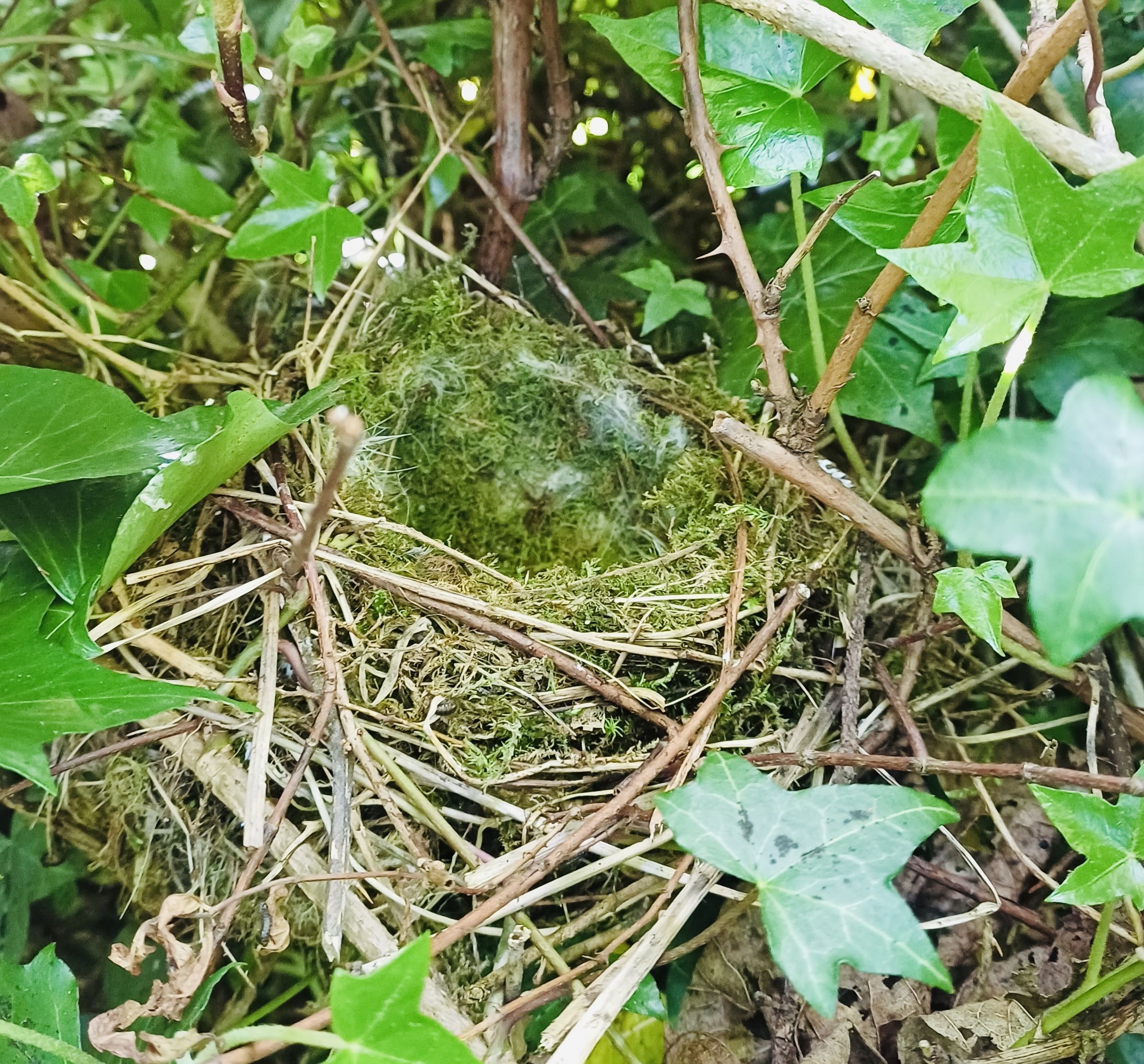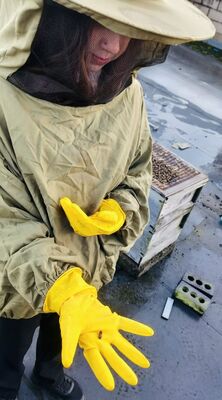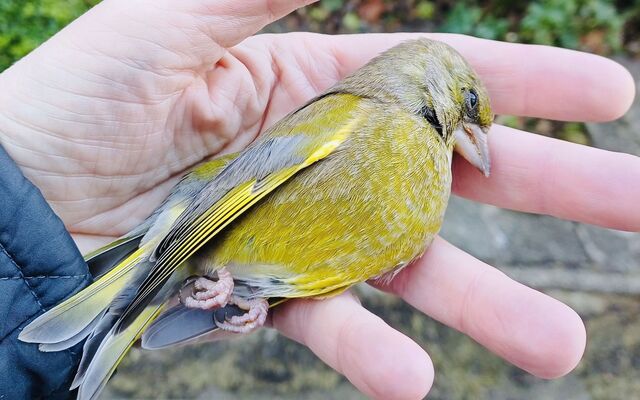IT’S a beautiful nest, isn’t it? A cup of soft feathers and moss in a ball of straw – a perfect home for five precious chicks.
The baby dunnocks are now hopping about the undergrowth in Dúlra's garden after being successfully reared – at least to the point of leaving the nest. Now they just have to contend with a multitude of threats from everything from birds of prey to the neighbour’s murderous cat.
That they nested in the garden is no coincidence. It’s a result of a year’s feeding. Every day Dúlra threw at least a handful of seeds out, even in the depths of winter. While other birds would pounce on them, the dunnocks – donnóg in Irish – would wait in the hedges until the clamour died down and then quietly slip out to get a bellyful.
They are an inconspicuous and nondescript bird – they most likely are living in your garden but you’ve never even noticed them. When Dúlra was young we called them hedge sparrows, which is a great description because they have perfected the knack of living in the shadows.
Because there was a steady supply of food in Dúlra’s garden all winter, they hung around. And come spring, they decided to breed here.
But finding a dunnock’s nest is one of the most difficult challenges nature can set. It sounds easy – they nest in a hedge after all – but you’ll never see them going near it, even when they’re feeding chicks.
Why the desire to find the nest at all, you might ask? Well, for Dúlra it’s all part of increasing your knowledge of a bird. If you know where it nests, you’ll know to keep away, not to cut that hedge, to protect it if a magpie or cat is prowling about.
Dúlra watched them for weeks, but it was in vain.
Many other birds’ nests aren’t much of a challenge to find – house sparrows or starlings, for example, or swifts and even blackbirds. But others like dunnocks and blackcaps, willow warblers or chiffchaffs are like solving the hardest crossword puzzle. It can take days of careful observation.
With the garden dunnocks, Dúlra drew a blank. He had almost given up, when he decided to change tack. Instead of following the parents hoping they’d lead him to the nest, he decided to do a ‘cold’ search – pick the most suitable spot and do a deep dive.
And the most suitable area was the corner of the garden that was native; rather than privet or laurel hedges, it was a tangle of hawthorns, ivy and brambles. It was just a few feet wide but over the years it’s the place birds tend to gather. Blackcaps often overwinter here.
And so Dúlra dug deep into the tangle of branches, his hands scratched by the many thorns. And then he spotted it – a small ball of straw about the size of a fist. He peered inside, and five tiny beaks opened up – these blind chicks are programmed to open their beaks as soon as they sense movement. Dúlra immediately pulled back – from now on this would be a watching brief only.
The nest was so well hidden that not a single predator came near it. The parents had done their job perfectly.
It’s been recently revealed that dogs can also be a danger to birds – or to be precise, the flea treatments that are often given to them. Birds that use hair from dogs treated with these toxic insecticides are suffering nest failures – eggs that don’t hatch or chicks that die. There are now calls to ban these flea treatments – it’s further evidence of the often tragic knock-on effects or human behaviour. But thankfully there was obviously no poison in the hair used in the dunnock nest.
Dúlra waited until the chicks were reared before returning to take this picture this week. The nest still looked cosy and comforting. In a month’s time, the parents will touch it up, line it with fresh feathers and rear another brood.
And Dúlra will continue to be their guardian.
•Reader Caoimhín Rosato has spotted the first swift in Gransha this week – a sign that summer has definitely arrived. The swifts will continue to jet in from Africa over the coming weeks, and Dúlra’s hoping a pair of swifts – whose numbers are plummeting because their rooftop nest sites are disappearing – might consider moving into his own roof. Or he might just have to move to Gransha!
•If you’ve seen or photographed anything interesting, or have any nature questions, you can text Dúlra on 07801 414804.







